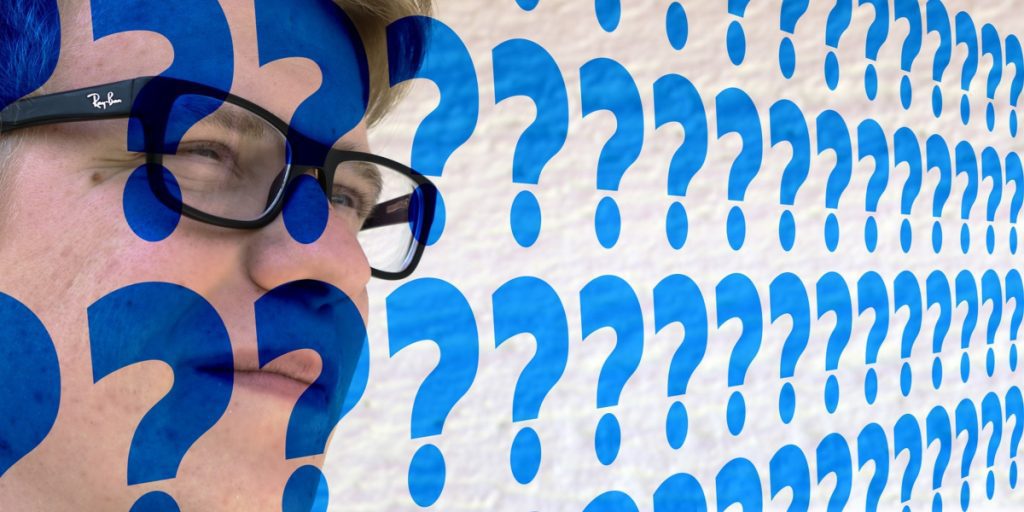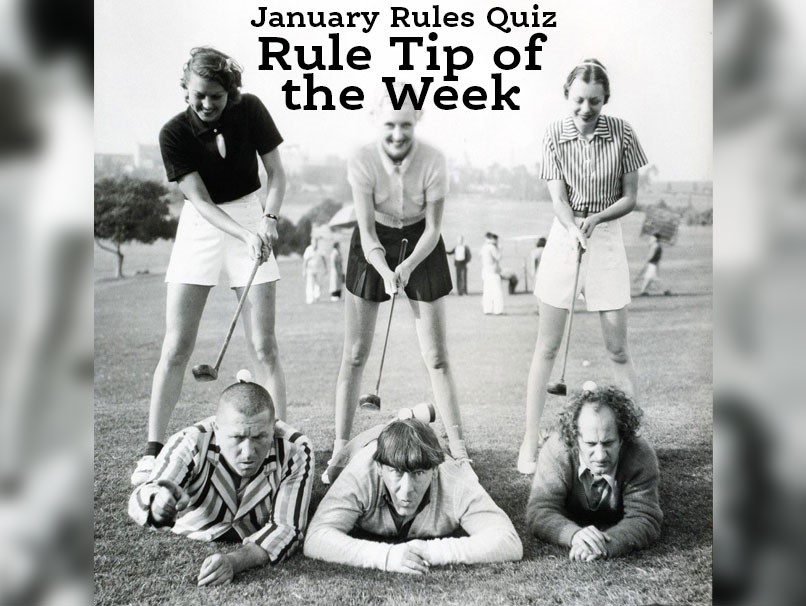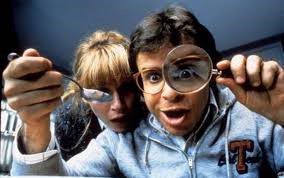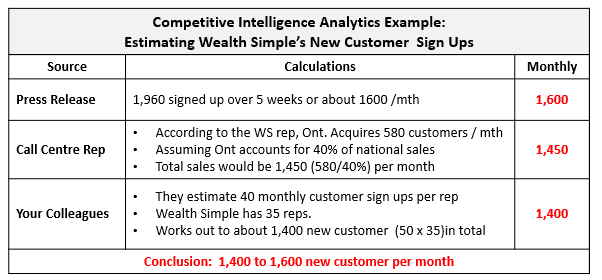Best Practices Identified During COVID-19 Mystery Shopping: Canadian Tire: No delay in ordering / picking up merchandise What happened: L.L.Bean: Making it extremely easy to return clothing What happened: Worst Practices Identified During COVID-19 Mystery Shopping: No Frills: Lack of floor staff results in over-stressed cashiers reacting rudely to customers What happened: Staples: Contact centre not taking calls What happened:
Continue Reading









